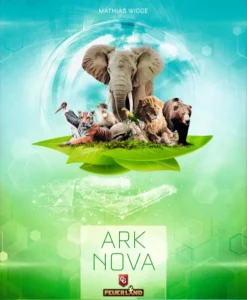
Today we’re diving into “Altered TCG.” This is a trading card game developed by a subsidiary of Asmodee that’s been making waves in the community, raising an impressive $8 million on Kickstarter. So, let’s break it down—what it is, what’s good, what’s bad, & if you should pick it up. Let’s get into it.
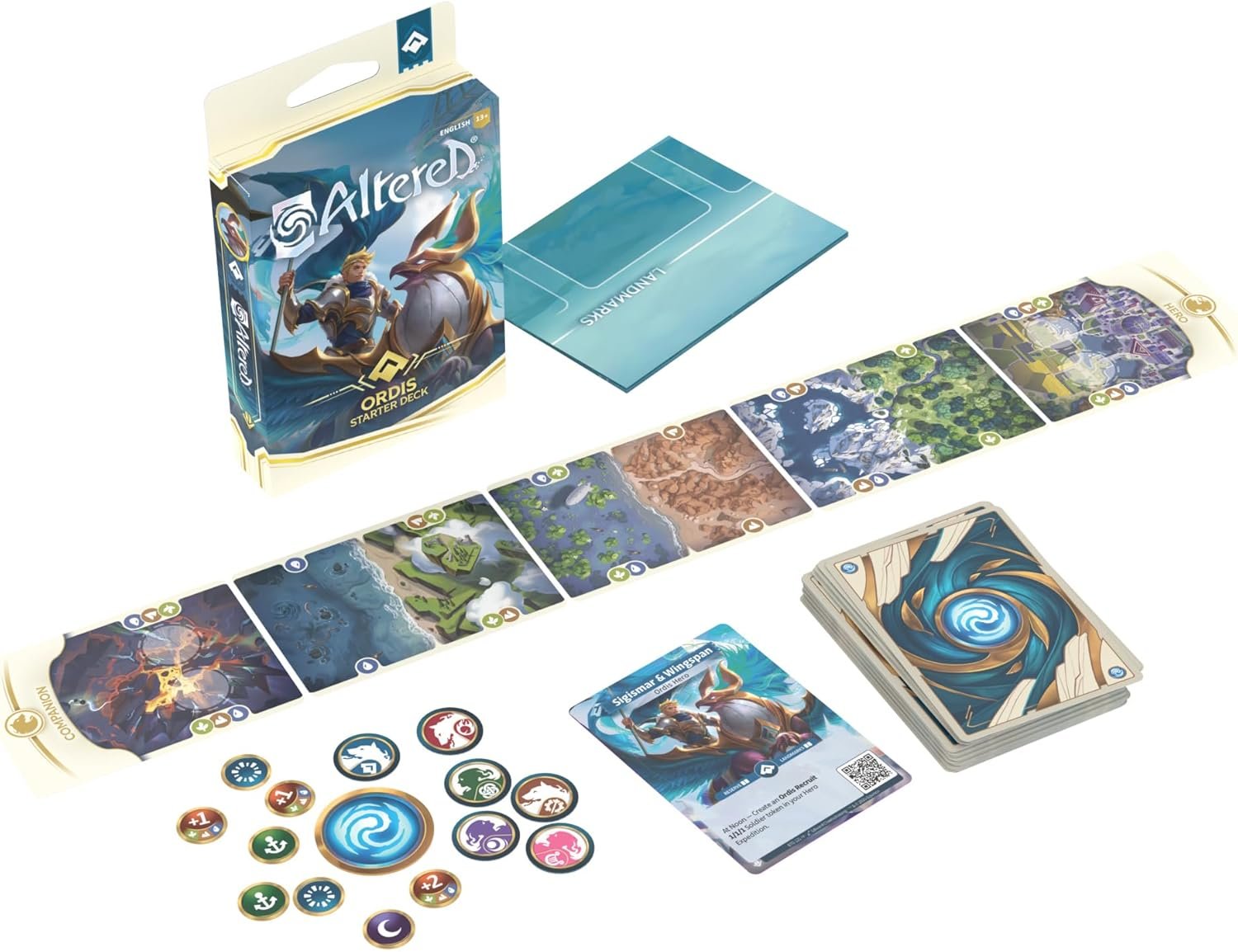
What It Is
“Altered TCG” is a new trading card game that aims to blend the strategic depth of European-style board games with the fast-paced nature of a traditional TCG. Designed by the same creative team behind the board game Seasons, it brings a fresh perspective to the genre, with players controlling whimsical creatures & legendary figures in a race to outmaneuver their opponents.
The game is centered around a modular system where any card can be used as a resource, making early-game progression faster than other TCGs. In a typical match, players move their tokens (representing heroes & companions) along a track, with the goal of merging them before their opponent does. The game also introduces a unique reserve system, allowing cards to be played twice—first from the hand & later from a reserve area. This creates interesting strategic decisions, as some cards have different effects depending on how they’re played.
Check Out These Recent Board Game Sales
- Board Game Sale: Disney Villainous 25% Off!
- Board Game Sale: Marvel: Crisis Protocol Core Set 30% Off!
- Board Game Sale: 7 Wonders Available for 17% Off!
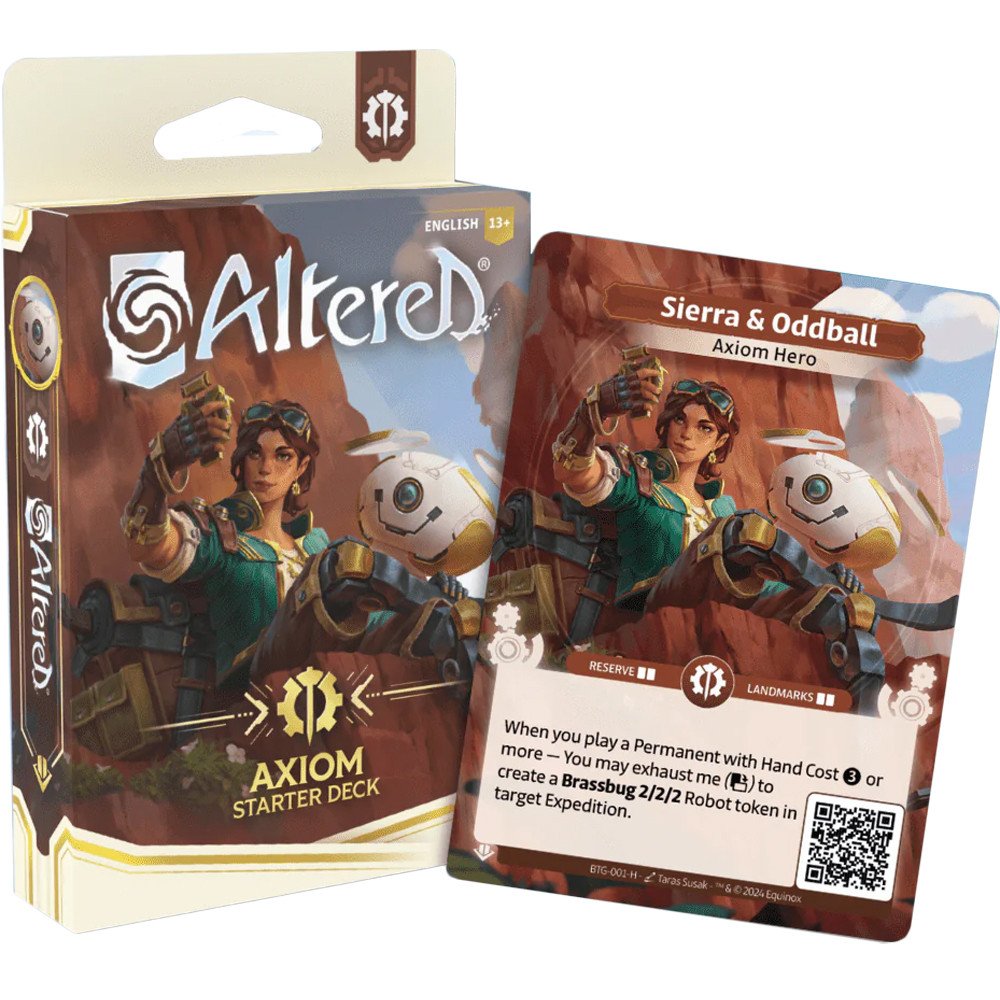
Gameplay Overview
Altered TCG features a structured gameplay divided into distinct phases, each named after different times of the day, contributing to a dynamic & engaging experience. The game begins with the morning phase, which is skipped on the first day but typically involves resetting the first player marker, readying exhausted cards, & drawing two new cards. Players also have the opportunity to place one card from their hand face down into their Mana zone as a Mana orb. This phase sets the stage for the actions that will unfold in subsequent phases.
Following the morning, players enter the noon phase. This phase is relatively straightforward & serves as a trigger point for specific card effects that activate at noon. Not all decks will utilize this phase, but it can be significant for those that include cards with abilities tied to this timing. Players must remain attentive to their cards to maximize their strategic options during this brief interlude.
The core of gameplay occurs during the afternoon phase, where players take turns playing cards from their hands or reserves. This phase allows for a variety of actions, including using exhaust abilities from permanent cards or heroes & playing characters, spells, or landmarks. Each player must carefully decide when to play their cards or pass, as passing means they cannot take further actions for the rest of that day. The afternoon phase is critical for building momentum & positioning on the game board.
After both players have played all desired cards or passed, the game transitions into the dusk phase. Here, players evaluate their expedition progress by comparing the total stats of their characters in each corresponding terrain type. If a player’s expedition has higher stats in any terrain type occupied by their hero or companion than their opponent’s expedition, they advance. The objective during this phase is to ensure both expeditions move closer to meeting on the map before the opponent does.
As players navigate through these phases, they must also manage their resources effectively. The reserve mechanic plays a crucial role in gameplay strategy. Cards played from hand or reserve can provide different advantages; however, cards played from reserve gain a fleeting ability, meaning they are discarded after use rather than returned to reserve. This unique mechanic adds depth to decision-making during the afternoon phase as players weigh immediate benefits against future opportunities.
Throughout the game, players build their decks around one of six factions—Axiom, Braavos, Lyra, Muna, Ortis, or Ismir—each offering distinct strategies & playstyles. Understanding how each faction operates within these phases can greatly influence a player’s approach & overall success in Altered TCG. For example, Axiom focuses on building long-term advantages through permanent cards, while Braavos emphasizes speed & early-game strength.
The game also incorporates innovative technology through QR codes on each card, allowing players to scan & access additional information about card effects & legality during events. This modern approach enhances accessibility & engagement with the game’s mechanics while fostering a community atmosphere among players.
In summary, Altered TCG’s phased structure—morning, noon, afternoon, & dusk—combined with its unique reserve system & faction diversity creates a rich gameplay experience that encourages strategic planning & adaptability. Players must navigate these phases thoughtfully to lead their hero & companion expeditions successfully across Asgartha’s mystical landscape before their opponents do.
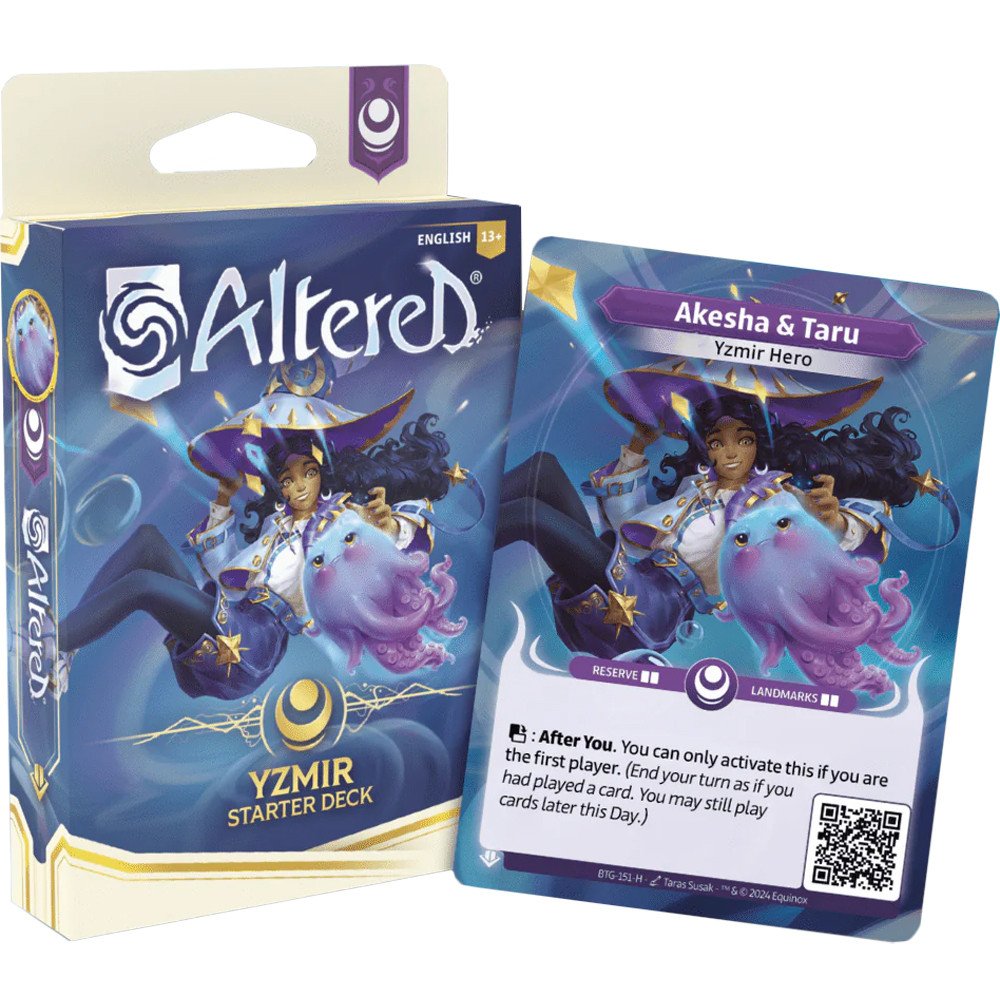
The Components
Like most trading card games, the primary focus of “Altered” is on the cards themselves, & they certainly stand out. The artwork is gorgeous, with a style that will feel familiar to fans of Seasons. Rarer cards even feature expanded artwork, adding extra visual flair. While the additional components—such as tokens & paper playmats—are functional, they don’t really elevate the physical experience beyond the cards.
One unique element is the inclusion of QR codes on every card. These codes allow for virtual ownership & card lending, introducing a digital component to the game. Initially, there were concerns that these codes would be distracting, but they’re surprisingly well-integrated into the card design, & most players won’t even notice them during gameplay.
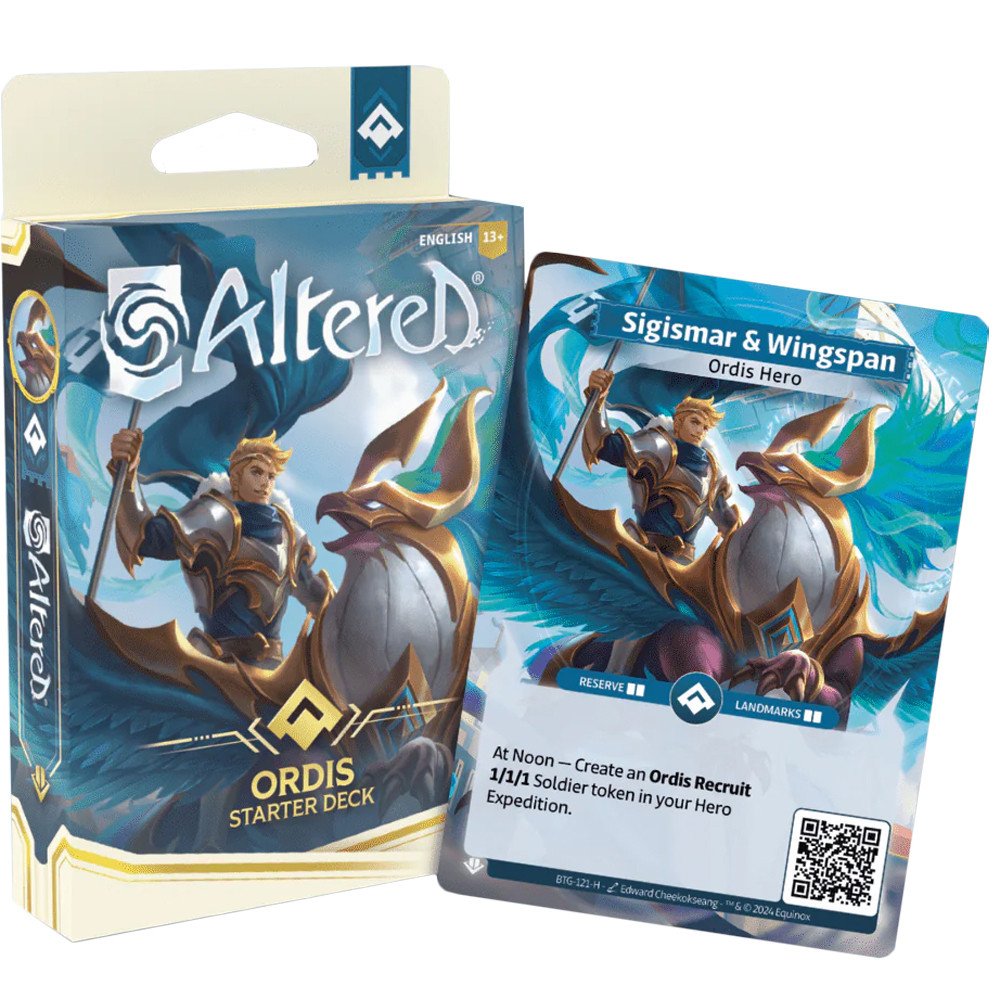
The Good
First, let’s talk about the gameplay. “Altered” offers some really engaging mechanics, particularly the reserve system. This unique twist adds a strategic layer not found in most TCGs, forcing players to think ahead & plan not just their immediate moves, but how they’ll use their reserve cards later on. This makes every match feel dynamic & full of tension, especially when you’re racing to outmaneuver your opponent on the track.
Another high point is the artwork. The cards are beautiful, & fans of Seasons will appreciate the familiar, whimsical style. The rarer cards with expanded artwork are a nice touch, making them feel special & collectible. The theme of mixing fairy tale characters & real-world figures like Robin Hood & Tinkerbell creates an interesting, if somewhat quirky, narrative backdrop for the game. The modular gameplay also adds a lot of replayability, as players can experiment with different strategies & card combinations.
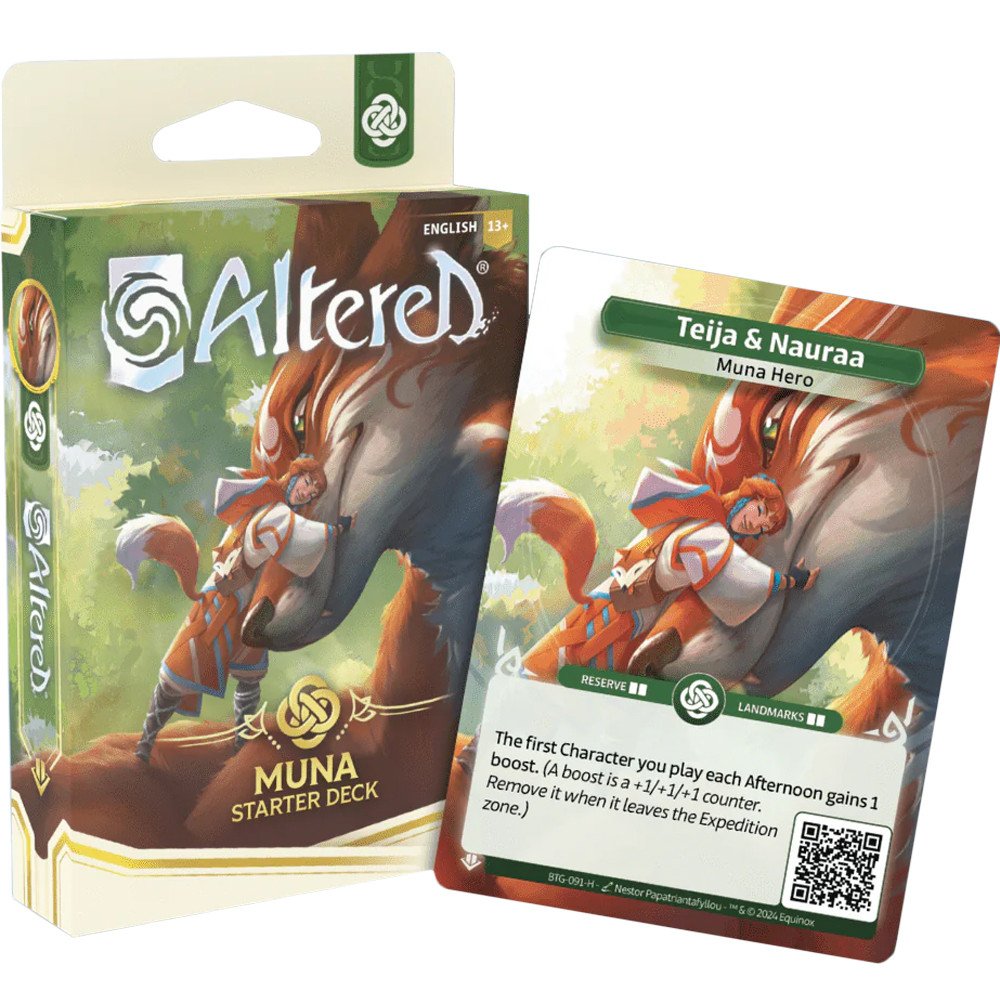
The Bad
However, “Altered” isn’t without its flaws. One potential downside is the game’s theme, which might not resonate with everyone. While some players will appreciate the lighthearted, whimsical tone, others may find it a bit too juvenile or lacking in depth. The backstory of the game, while intriguing, doesn’t fully deliver on its potential, which could leave players wanting more from the world-building aspect.
Another issue lies with the deck-building system. Since each deck is locked to a single faction (or color), it simplifies the deck-building process but also limits variety. This can be frustrating for players, especially when opening booster packs filled with cards they can’t use for their chosen faction. Over time, this could lead to a lot of “bulk” cards, which may not be appealing to those focused on competitive play. The reliance on rare, more powerful cards also means that players seeking to build top-tier decks may feel pressured to invest heavily in booster packs.
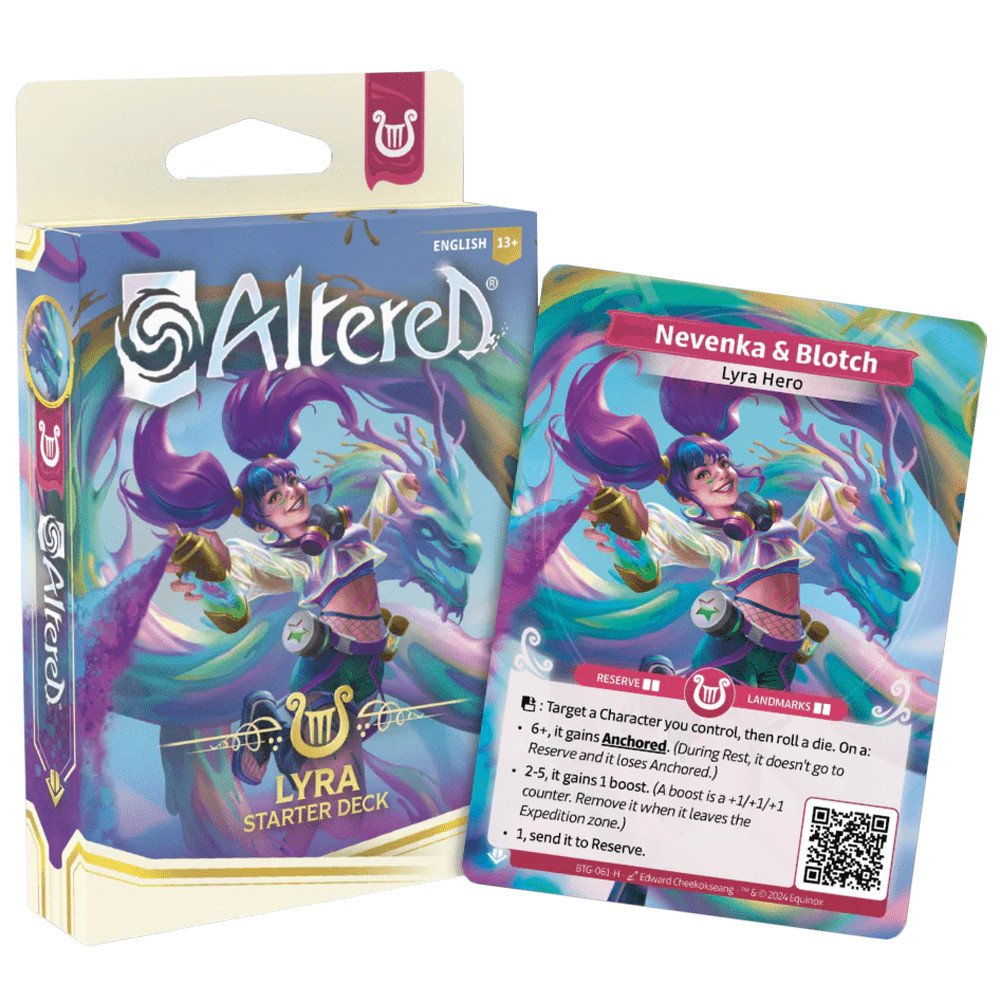
The Verdict
So, should you pick up “Altered TCG”? If you’re a fan of Seasons or enjoy trading card games with unique mechanics, it’s definitely worth checking out. The reserve system offers a fresh take on familiar TCG mechanics, & the race-like victory condition adds a new layer of strategy to the genre. Plus, the game is beautifully designed, with eye-catching artwork & an intriguing blend of fairy tale & real-world characters that make it stand out from the crowd.
That said, if you’re looking for a TCG with a more serious, grounded theme, “Altered” might not be for you. The lighthearted, whimsical setting may not appeal to players who prefer a more immersive or detailed narrative experience. Additionally, the faction-locked deck-building system could feel limiting for those who enjoy more freedom in their card choices. While expansions & new sets could address some of these issues, they’ll also come with added costs, which could make it a more expensive game to stay invested in over time.
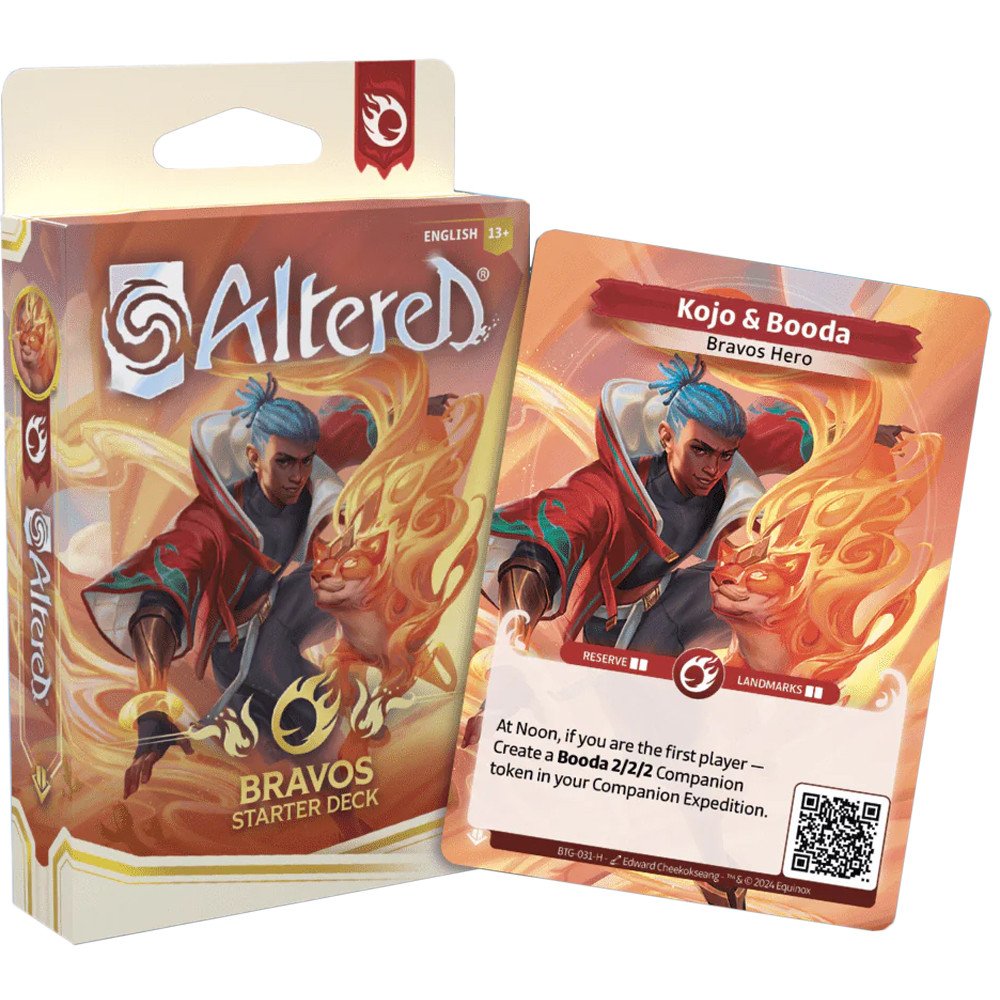
Final Thoughts
After spending a good amount of time with this game, I’ve found there’s a lot to like, but it’s not without its quirks. The standout mechanic for me is definitely the Reserve system. It adds a fresh layer of strategy by letting you play cards twice in creative ways without bogging down the game. I really appreciated how it keeps things moving while giving you extra options to consider, making your turns feel impactful without being too complex.
Deck-building, on the other hand, is a bit of a mixed bag. It’s easy to jump into—pick a leader, gather cards that fit their style, & you’re off. But as you get deeper, you start to realize the rare cards are practically required to stay competitive. That creates a bit of a “pay-to-win” dynamic, which can be frustrating for players who don’t want to chase down those rarer, more powerful cards. The customization is fun, but the reliance on these rares does limit the freedom to build how you want without additional investment.
The theme here suggests a non-combative experience, but in practice, there’s still plenty of conflict. You’ll spend a lot of time battling for control over key areas, & there are definitely cards that sabotage your opponent’s plans. It’s not traditional combat, but make no mistake—you’re still in direct competition. If you were expecting a more peaceful, euro-style game, this might be a bit of a surprise. Personally, I didn’t mind the conflict, but it’s worth knowing what you’re getting into.
One thing I really appreciated was the quality of the starter decks. They’re well-balanced, strong, & fun to play with right out of the box, so you don’t have to immediately dive into deck-building if you don’t want to. But for those who do enjoy customizing their decks, that’s where the game shines—if you’re okay with chasing down the necessary cards.
Looking at the bigger picture, though, I’m a little concerned about the game’s longevity. The theme is cool, but it doesn’t have the same draw as some bigger intellectual properties. & in the world of trading card games, maintaining interest long-term is key. While I think the mechanics are solid, it’s hard to say if the game will maintain a strong following down the line.
All in all, I found the game to be enjoyable & full of potential. If you love trading card games & don’t mind the collectible chase, there’s a lot to dig into here. However, if you’re someone who prefers a more casual, low-investment experience, the reliance on rare cards & potential long-term concerns might be a dealbreaker.
Purchase Options

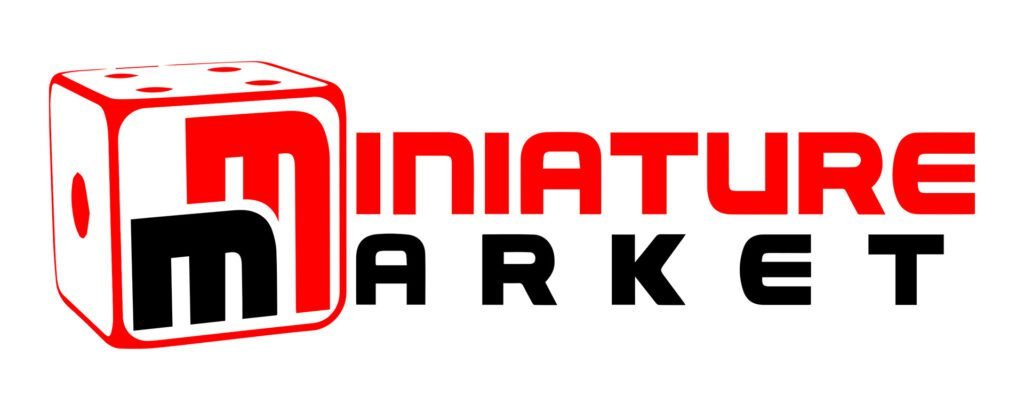

At no extra cost to you, The Board Game Site may receive revenue from affiliate and advertising partnerships for sharing this content and from purchases through links.




